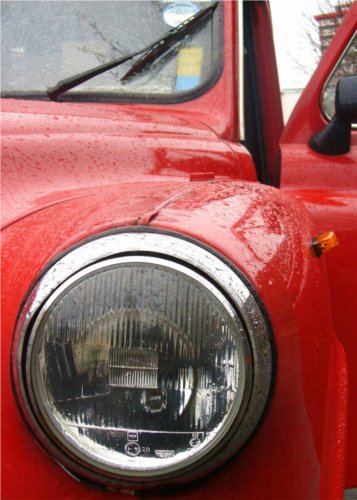If you are like the average American*, you are spending over two weeks every year with your television! Just think how many more adventures you could have in two weeks!
How much television do you watch every day? Just one show? Assuming you watch a single hour-long show each day, that adds up to 365 hours each year: 15.2 days! You’re spending over two weeks staring at the TV! I know it doesn’t seem like much when you only watch a small amount at a time, but a small amount every day adds up quickly.
What if you watch more on weekends? If you watch an extra two hours on the weekend (one show each day), that is 104 more hours, bringing the yearly total up to 469 hours. That’s nearly three weeks! 19.5 days.
Many people complain that they don’t have enough vacation time, but those same people are often spending even more time just sitting in front of the TV. Don’t get me wrong, there are some great shows out there; some are fun to watch and some can be educational. I’ve even got a couple that I like to watch. However, I would rather really live my own life than watch someone else live theirs (whether it’s made up or not).
What to Do With This New-Found Time:
“But it’s only an hour a day, what can I do with an hour a day?” First of all, that’s just an excuse. Second, you can do a great deal in less than an hour a day. Here are some suggestions:
- Spend more time with your family
- Spend more time with your friends
- Learn a New Skill
- Pick Up an Old Skill
- Baby Step toward your next adventure
- Try out a new recipe each night
- Spend more time on a current hobby
Because my time is not taken up by TV watching, I can pursue many of my other interests. I have a camping list prepared for a variety of different situations, and can be ready to go in an hour. This preparation allows me to be ready to go for spur of the moment trips. I am continually tinkering with my gear, modifying and improving it. I am working through a drawing course and will be able to complete it in a couple of weeks because I have the time available to spend on it. This website is often produced when others are watching TV.
When my wife and I moved into our last apartment, we left our TV in storage. Because it wasn’t there to tempt us, we were able to spend more time with each other. We weren’t just sitting beside each other watching TV, but made our relationship even stronger by talking to each other and sharing experiences/activities. Your time doesn’t have to be spent on hobbies, it can be used to build relationships.
But I really like my shows!
I’ve got some shows that I love to watch, too. Unfortunately, I’m horrible about catching them when they’re on; I’ll get caught up in what I’m doing and lose track of time. Furthermore, I dislike commercials and hate having to wait until next week to see what happens. In order to get around all of these troubles, I wait until the season comes out on DVD and watch it then. Often I can borrow it from the library or from friends. I can watch when it’s convenient for me (ideal for when I’m sick and stuck in bed) and don’t have to worry about commercials. I can have friends over and make it into a group activity.
You have to be in control of your time. By watching a 12-episode season on DVD, you can save 4 hours just by cutting out commercials. Since there are no other shows on the DVD, you don’t have to worry about flipping through channels to see what else is on.
Change the Habit
I know that it’s habit to sit down after work and watch some TV to relax. Like any habit, it can be hard to break. You will have to replace it with another activity, and you might need support from others. Take control of your time, choose your activities and be amazed at how many more adventures you can be a part of!


